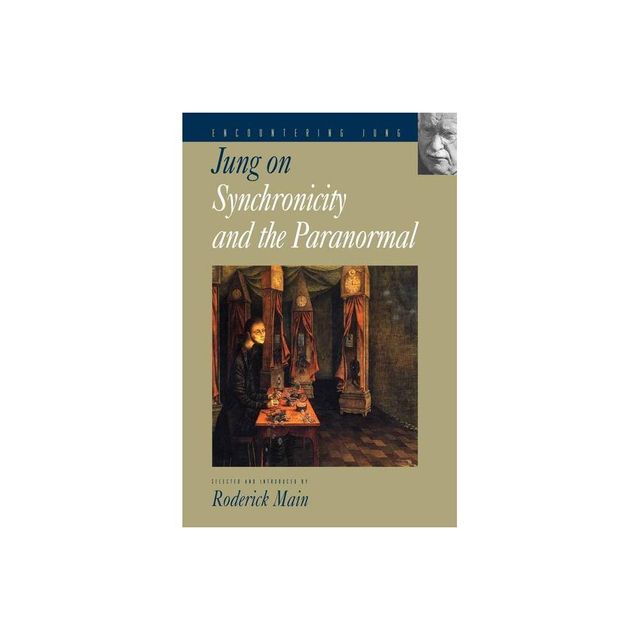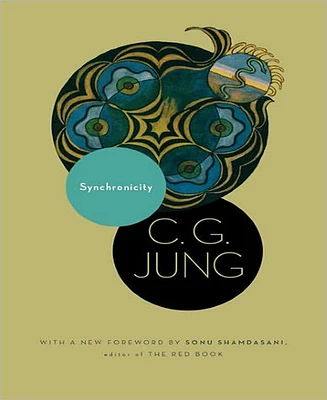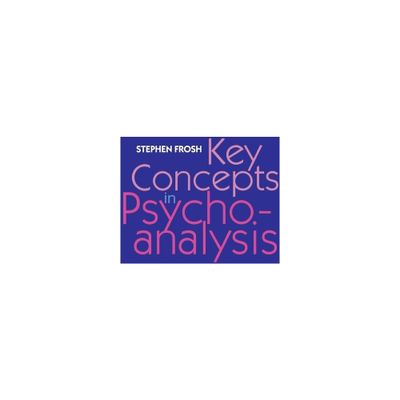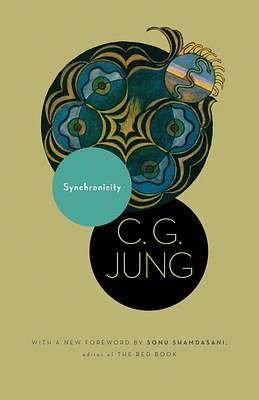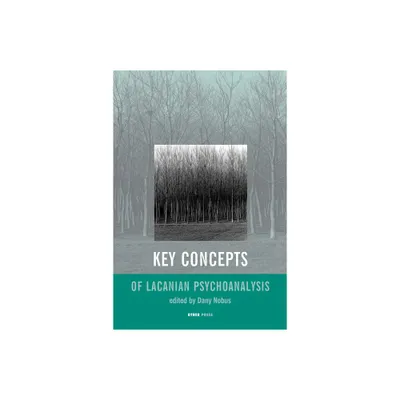Home
On the Concept of Synchronicity: Jung between Psychoanalysis and Quantism
Loading Inventory...
Barnes and Noble
On the Concept of Synchronicity: Jung between Psychoanalysis and Quantism
Current price: $6.26


Barnes and Noble
On the Concept of Synchronicity: Jung between Psychoanalysis and Quantism
Current price: $6.26
Loading Inventory...
Size: OS
*Product Information may vary - to confirm product availability, pricing, and additional information please contact Barnes and Noble
This essay aims to show that the phenomenon of synchronicity, as indeed quantism itself to which it is firmly connected, discredits the mechanistic model (the only model that is still the official interpretation for the scientific description of reality) and imposes a new model of understanding, which necessarily includes the interaction of psyche and matter.Synchronicity was studied in depth by Jung, firstly because he was motivated by that deep and sincere interest in what crosses the phenomena, secondly because not only his patients but he himself experienced several synchronistic phenomena, and thirdly because the Swiss psychiatrist shared this desire for investigation with the Nobel Prize for physics Wolfgang Pauli, his patient and then friend. The two scholars spoke different scientific languages that had to abdicate when facing phenomena that were over and above the same descriptiveness: an evident embarrassment exactly from the scientific point of view - neither physics nor psychoanalysis could tell what certain experiences showed. The two disciplines unveiled a world never seen before, in which what is material is no longer distinct from what is psychic and with regard to this, Pauli says: We should now proceed to find a neutral or unitary language in which every concept we use is applicable both to the unconscious and to matter, in order to overcome this old belief that the unconscious psyche and the matter are two separate things . The categories of Western speculative thought (especially those prior to the twentieth century) have a hard time explaining what is non-causal, spaceless and timeless. Synchronicity imposed itself as a fourth force, a mandala able to harmonise and redefine, clarify and complete the understanding of reality, which is no longer divided and limited: Space, time and causality, this triad of the classical physical picture of the world, would complete themselves thanks to synchronicity, in a tetrad, i.e. in a quaternio that makes an overall judgment possible . If reality shows phenomena that transcend space, time and causality, this same reality must necessarily be redescribed, most obviously through more integral tools. Jung points out: If these phenomena actually happen, the rationalistic framework of the universe is not valid, because it is incomplete. Thus, the possibility of a reality beyond the phenomenal world, a reality in which other values prevail, becomes a problem from which there is no escape; and we have to take into account the fact that our world - with time, space and causality - is related to another order of things (which is hidden under or behind it), in which neither the here and there, nor the before and after have a meaning .

